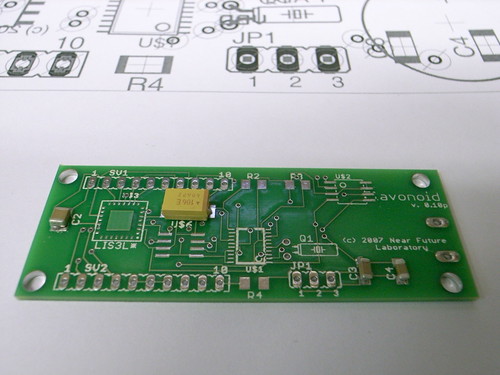
A brief post with a couple of pointers, mostly coming from a peculiar serendipity: A stack of The New Yorker often comes with me to be read during long periods where, otherwise, I would be staring at the back of someone else’s seat and head. Often times, when not on a long journey, sadly — these issues just pile up, maybe an article quickly read and that’s it. In this case, and one of the upsides of crossing a continent and an ocean and another additional bit, is that I end up reading just about everything, unless it’s another Sedaris, who has just about become another Keillor to me. Or even a Rooney (“..you ever wonder why..”). In other words – m’eh.
In any case, and back to the point, several months ago I skimmed through Richard Sennet’s book “The Craftsman” per a friend’s recommendation. I found the book intriguing in that it discusses the role of craft and handwork and the hands-on intimacy that obtains when designing and creating with an emphasis on the materiality of things and processes of construction. That is, different from the “screen-work” of disconnected finger-twitching and mouse-moving, for example. These things are topics near and dear to the Laboratory and, generally, thinking about new ways of making things, discovering new ideas, and so on. Things that have more that motivates them — the values and principles — that is not firstly, or even at all about the calculus of quantity produced, minimum profit opportunities, loss-leading market share swirls, derivative land grabs, fast-follows behind market leaders. Etcetera. Ad nasium.
On NPR recently, I heard an interview with Matthew Crawford, who has written a book called “Shop Class as Soulcraft: An Inquiry Into the Value of Work“, which sounds at least congruent with Sennett. This one I have not read, because it’s in hardback still. It certainly sounds intriguing — new ways of working and thinking, assessing the value of what you do and so forth.
Then, I came across this review titled Fast bikes, slow food, and the workplace wars in The New Yorker, which I had almost threw out, that brings Shop Class and The Craftsman together along with the canonical perspective, imho, Robert Pirsig’s Zen and the Art of Motorcycle Maintenance: An Inquiry into Values, which is a must read. (You know: stop-what-you-are-doing-now level of urgency, etc.)
Why do I blog this? This review provided a great perspective in my mind to the larger questions on our relationship to work, innovation, values and these things relationship to the larger world beyond our own desires to better ourselves. We need a kind of “design” where decisions are based upon principles of making the world a more habitable, playful place in some measurable way. This is a thoughtful approach to making things, rather than accounting-led practices that ends up making things that stuff our warehouses/delivery trucks/store shelves/homes/garbage cans/land fills with more crappy crap. Criteria for making things cannot be undergirded first, or only, or primarily by rules of accounting and engineering and counting the quantities of things made, or technical features for their own geeky sake. Quality — and not only the “styling” sort of quality — the quality of a thing’s presence in the world should account for its capacity to bring about a normatively more habitable place to live.
Continue reading Approaches To Design